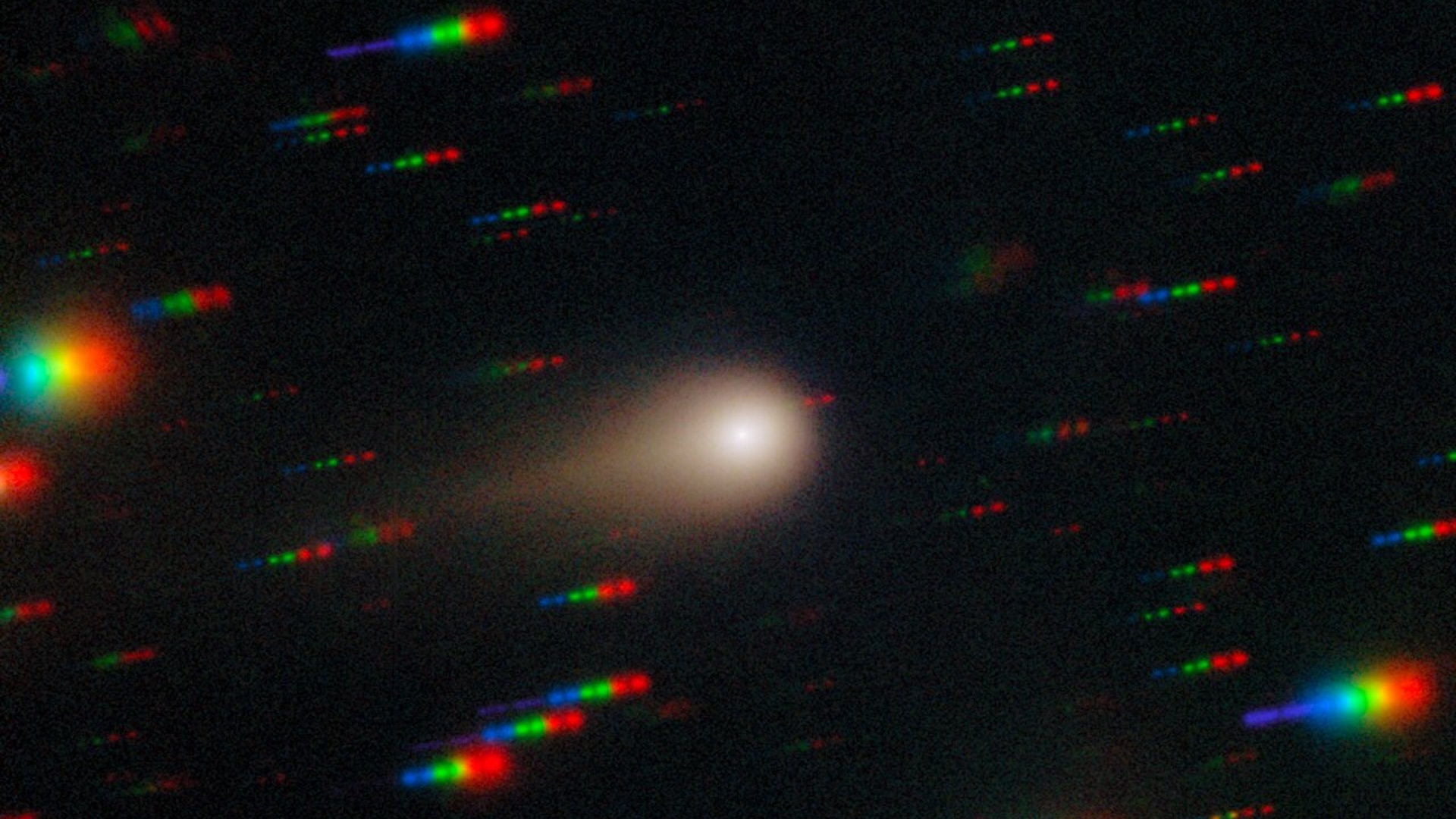The interstellar comet 3I/ATLAS has become visible from Earth once again after zooming behind the sun, new images reveal.
Qicheng Zhang, a postdoctoral fellow at the observatory, has subsequently found that the comet is also visible using small telescopes, posting an example of this to his Cometary blog on Sunday (Nov. 2). According to Zhang, standard amateur telescopes should now start picking up the comet across much of the Northern Hemisphere.
“All you need is a clear sky and a very low eastern horizon,” Zhang told Live Science on Friday. “It won’t look very impressive, it’s just a smudge, but it will be an increasingly visible smudge over the next few days.”
Scientists have learned a lot about comet 3I/ATLAS since its discovery in July. The comet, which is only the third interstellar object ever recorded, appears to be zooming through our solar system at speeds in excess of 130,000 mph (210,000 km/h) in an unusually flat and straight trajectory.
The comet briefly disappeared from Earth’s view as it slingshotted around the sun, reaching its closest point to our star, known as perihelion, on Thursday (Oct. 29) — it came within 1.4 astronomical units, or 130 million miles (210 million kilometers) of the sun. But researchers and amateur astronomers used data from space telescopes to continue following the comet’s path even after it was obscured by the sun.
On Oct. 28, Zhang and his colleague posted a study to the preprint server arXiv that suggested comet 3I/ATLAS underwent rapid brightening ahead of perihelion and was distinctly bluer than the sun, which was consistent with gas emissions contributing a substantial fraction of the visible brightness near perihelion. Zhang noted that the comet could still be brightening, but more data is needed to say one way or the other.
The Lowell Discovery Telescope is likely one of the largest telescopes that can point close enough to the horizon to see comet 3I/ATLAS so soon after perihelion, according to Zhang. The comet is moving northward from our perspective, away from the northeastern horizon. Zhang noted that there’s a window to observe the comet in the morning twilight, when the comet is just above the horizon but the sun is still far enough below it that the sky isn’t too bright.

Time is a precious resource for large telescopes, so Zhang uses a small telescope (6-inch lens) to experiment and learn about what conditions to expect ahead of his scheduled windows on the Lowell Discovery Telescope. He successfully captured the new image when the comet was about 16 degrees away from the sun (5 degrees above the horizon).
Zhang noted that there have been radio observations of comet 3I/ATLAS throughout its perihelion, and it’s possible someone else made an optical post-perihelion observation before him, but he hasn’t seen any others.
We’re entering an important period for observations of 3I/ATLAS. Comets heat up as they fly closer to stars, which causes ice on their surface to sublimate into gas. This means that researchers should be able to learn more about the comet’s makeup as it flies away from our star.
There has been some frenzied speculation in the media that 3I/ATLAS might be an alien spacecraft, but most astronomers are confident that this interstellar visitor is a regular comet from an unknown star system in the Milky Way. Comet 3I/ATLAS could also be the oldest comet ever seen, with one study suggesting it’s around 3 billion years older than the solar system.
Some preliminary research has suggested that prolonged exposure to space radiation has transformed the interstellar traveler, giving it a thick irradiated crust that no longer resembles its home star system. If that’s the case, scientists will have a harder time deciphering the comet’s origins. Regardless, we can expect a flurry of new comet 3I/ATLAS research in the coming months as it reappears in the night sky.
“The comet is rapidly rising from the sun,” Zhang said. “I think in one week it’s going to be something like 25 or 30 degrees away from the sun, by which point there will be a large number of other big telescopes around the world that will also be able to start to follow it up.”

